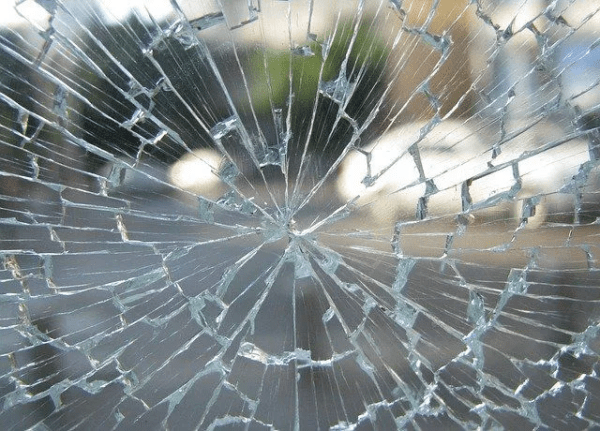The strength of your 3D printed parts depends on several key aspects, including the material used and how you design and print your 3D components. In this blog, Central Scanning discusses various 3D printing materials and their qualities.
Founded by Nick Godfrey in 2006, Central Scanning provides a variety of 3D scanning and related services for reverse engineering, 3D printing and inspection.
Why 3D Printing Materials Matter
Your 3D print will only ever be as good as the material you use. This means selecting quality material from a reliable supplier and ensuring that the material you select will be right for the intended purpose of your finished part. There is a broad range of 3D printing materials available. In addition, the options will depend on the properties you want the material to have. For example, you might want your part to be:
- Impact-resistant
- Chemically resistant
- Flexible
- Rigid
- Heat resistant
- Water-resistant
PLA or Polylactic Acid
One of the most popular materials users select for desktop 3D printing is PLA or Polylactic Acid. Why do so many people choose PLA as their 3D printing filament? It provides ease of use at a low cost and, importantly, it is reasonably strong. Additionally, you can print with PLA at a low temperature without a heated bed, but it has a tensile strength of 7,250 psi. However, PLA is also biodegradable, so while it is environmentally friendly, it is unlikely to be suitable for bearing heavy loads, as it can become brittle.
ABS – Acrylonitrile Butadiene Styrene
A more advanced engineering material for 3D printing is ABS, which is made up of acrylonitrile, butadiene and styrene. Widely used in everyday household items and in cars, it is an engineering-grade material and more stable than PLA. There is a catch here, though – when it comes to actual tensile strength, ABS is weaker than PLA. There are other alternative 3D printing materials out there. For example, there is a type of nylon suitable for 3D printing that is stronger and more durable than either PLA or ABS.
Nylon
Nylon filament is flexible when thin but with excellent adhesion between layers. It has a high melting temperature and a low friction coefficient. Nylon is suitable for various functional applications and parts such as hinges.
Polycarbonate
Another strong 3D printing material is polycarbonate. It offers a high level of toughness and very good thermal and dimensional stability. In addition, it is ideal for high-strength, functional components. For instance, it is commonly used in manufacturing bullet-proof glass.
Matching Material with Design and Production
To ensure you have sufficiently strong 3D printed parts, you need to make sure they are well designed and that you use appropriate print settings.
- First, select a suitable infill pattern. This is the printed material inside the walls of your print. Selecting a naturally strong infill design pattern, such as honeycomb or rectilinear, will add strength to the finished 3D part, regardless of your chosen material.
- Next, you should ensure your print settings are of sufficient quality, as this can influence the final result.
- Finally, choose the right orientation for your 3D print. You will find that 3D parts tend to be weakest along the z-axis. Therefore, you must make sure that the areas of the part receiving the most stress will not be along this axis.
The strength of 3D printed parts is relative to their function and the material you choose should reflect this. NB: This blog was written by Central Scanning. Click here for more handy tips and advice and news from Central Scanning. For further information about its 3D printing solutions, get in touch directly using the details below. 

